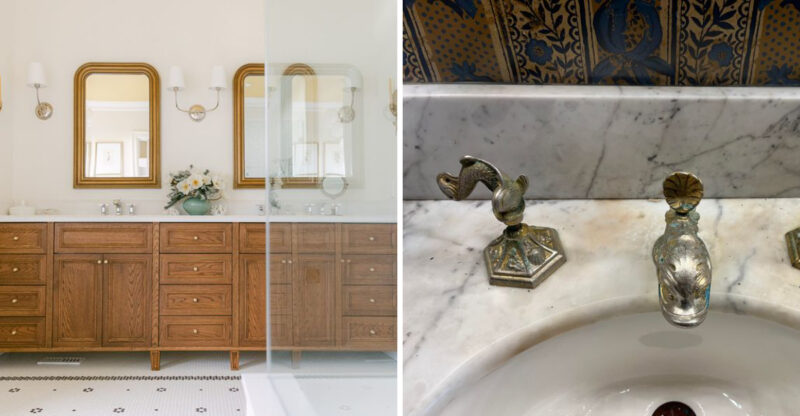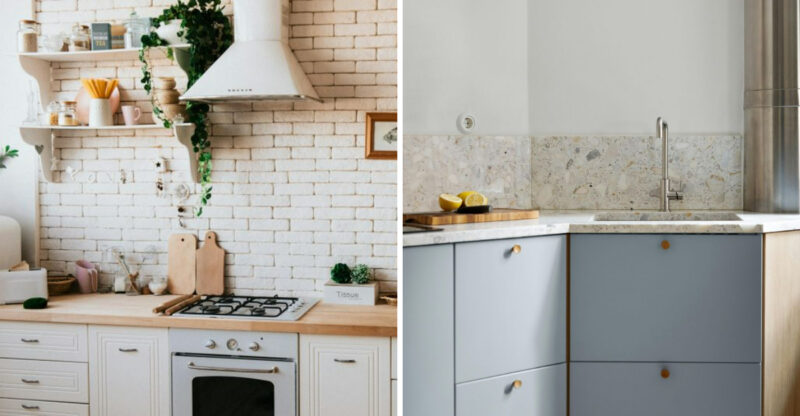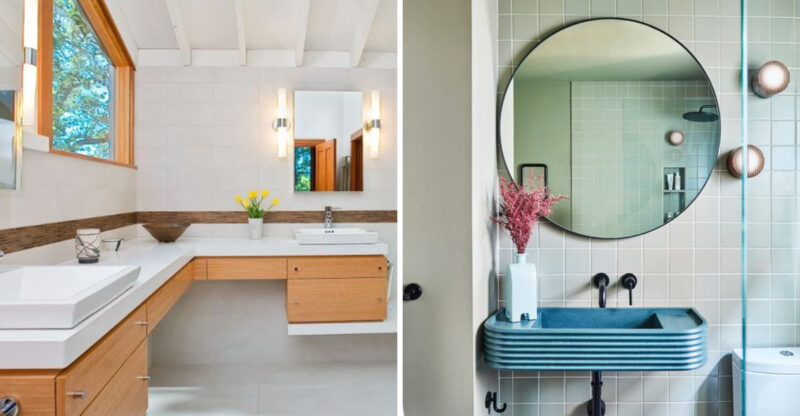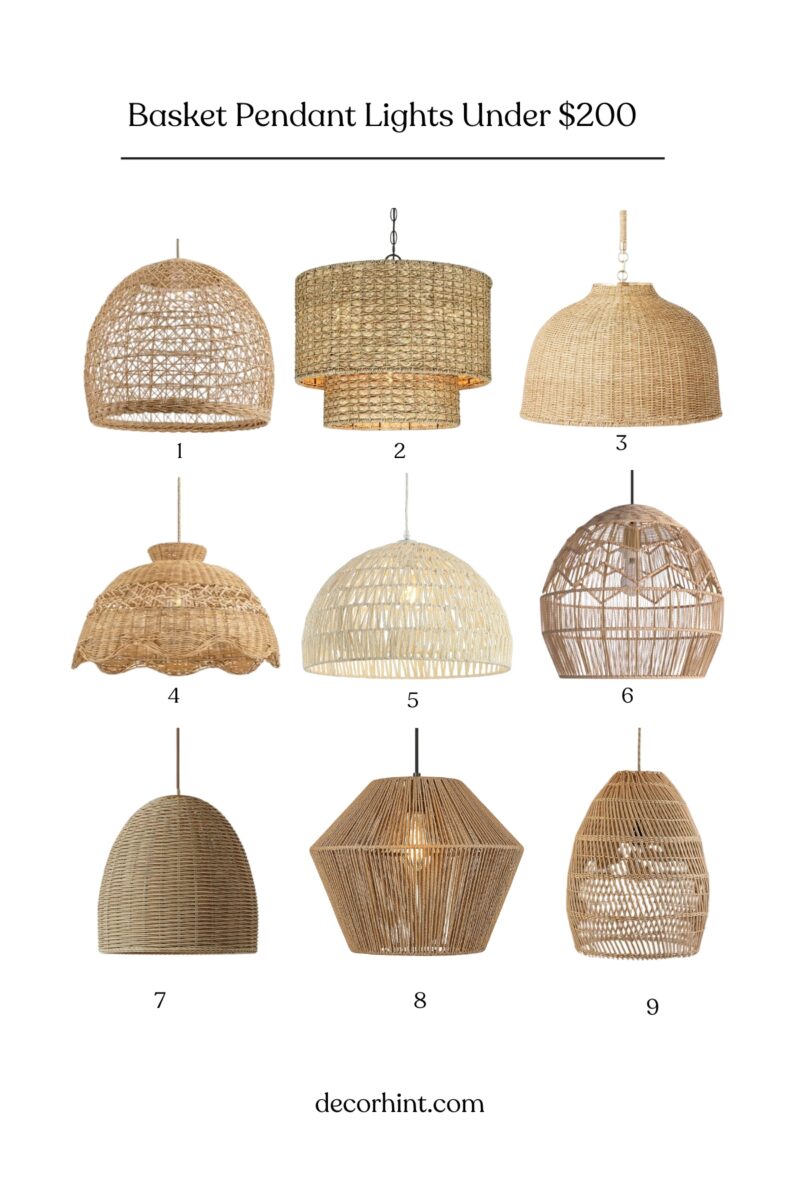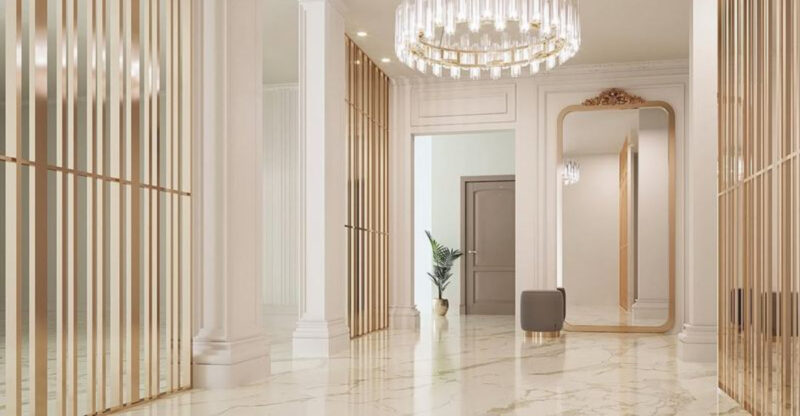14 Classic Home Features Making Their Way Back
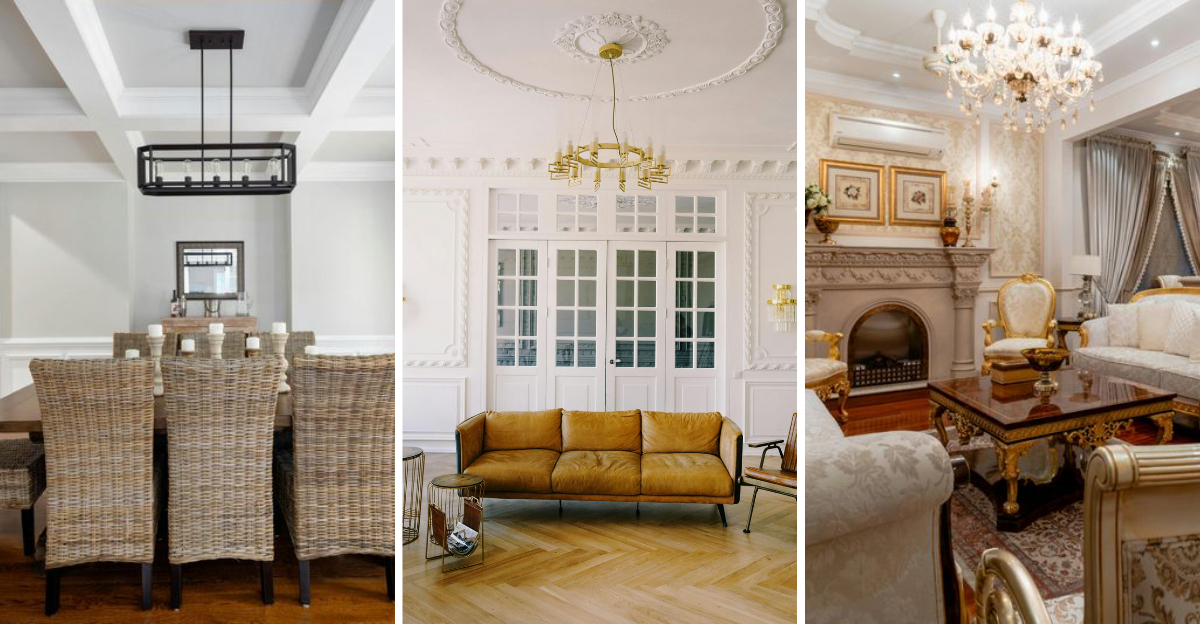
Remember when crown molding, clawfoot tubs, and built-in bookshelves felt like relics of the past? Well, they’re making a stylish comeback, and homeowners are embracing these classic details with fresh enthusiasm.
I can’t quite figure out whether it’s the charm, the craftsmanship, or the timeless appeal, but old-school design elements are proving they still have a place in modern homes.
These classic home features that are trending again, and now we’re going to learn how you can use them to elevate your space. Popularity of home features may vary based on region, architectural style, and personal preference.
1. Crown Molding
Ever noticed how a room feels incomplete without that finishing touch at the ceiling? Crown molding transforms ordinary walls into architectural statements without major renovation.
This classic trim detail dates back centuries when craftsmen used it to hide unsightly seams between walls and ceilings. Today’s versions come in lightweight materials like polyurethane that make installation much easier than traditional plaster.
My clients always gasp when they see how this simple addition elevates their spaces from basic to brilliant. Even in minimalist homes, a clean-lined crown molding creates definition that plain drywall simply cannot achieve.
2. Wainscoting
Where did all the character go in modern homes? Wainscoting brings it back with panels that protect walls while adding instant architectural interest.
Traditionally reaching about 3-4 feet up the wall, these decorative panels originated as practical shields against chair damage and moisture. Beyond protection, wainscoting creates visual weight in rooms that feel too airy or undefined.
My favorite application pairs simple shaker-style panels with bold paint colors above. This combination works wonders in dining rooms, entryways, and bathrooms where you want both durability and style without overwhelming the space.
3. Clawfoot Bathtubs
Nothing says luxury quite like sinking into a deep soak after a long day. Clawfoot tubs have returned as the ultimate bathroom statement piece for good reason.
These freestanding beauties first gained popularity in the late 19th century when indoor plumbing became more common. The iconic feet, often resembling eagle or lion claws, elevate the tub off the floor, creating an impression of weightlessness despite their substantial size.
Though modern versions offer updated materials and better heat retention, they maintain that timeless silhouette that transforms an ordinary bathroom into a personal spa retreat.
4. Hardwood Floors
When clients ask what investment never goes out of style, hardwood floors top my list every time. These natural beauties have graced homes for centuries, outlasting countless fleeting flooring trends.
Oak remains the most popular choice for its durability and distinctive grain pattern. However, walnut, maple, and reclaimed woods have gained tremendous traction for their unique character and sustainability factor.
Unlike carpet that traps allergens or vinyl that eventually peels, quality hardwood can last generations with proper care. The natural patina that develops over time tells your home’s story in a way no manufactured material ever could.
5. Built-In Bookshelves
Are you tired of flimsy furniture that wobbles when you look at it? Built-in bookshelves answer the call for substance and permanence in our disposable age.
Custom shelving utilizes awkward nooks and crannies that would otherwise go wasted. They transform flat, characterless walls into dimensional showcases for books, art, and treasured objects, all while appearing to be part of the original architecture.
My clients are often shocked when I show them how built-ins actually make rooms feel larger, not smaller. By going vertical with storage and display, floor space remains open while walls work harder, creating that perfect balance of spaciousness and coziness.
6. Fireplace Mantels
Though many modern homes feature sleek, mantel-less fireplaces, the pendulum is swinging back toward this classic focal point. Mantels provide that crucial transition element between the fireplace and the wall above.
Historically, mantels served practical purposes, protecting walls from heat and smoke while offering a shelf for important items. Today, they function more as architectural anchors and display platforms that ground a room’s design.
When selecting a mantel style, I recommend considering your home’s overall character rather than trends. A chunky reclaimed wood beam works beautifully in farmhouse settings, while carved marble or limestone suits formal spaces with timeless elegance.
7. Subway Tile Backsplashes
How did such a simple rectangle become so endlessly versatile? Subway tiles first appeared in New York City subway stations in 1904, bringing clean, reflective surfaces to otherwise dark spaces.
Their straightforward 3×6 inch format adapts to virtually any kitchen or bathroom style. While classic white remains popular, today’s interpretations include handmade versions with slight irregularities, moody dark colors, and creative installation patterns beyond the traditional offset brick layout.
My clients appreciate that subway tile creates texture without overwhelming a space. This humble ceramic workhorse somehow manages to be both timeless and current, a rare quality in the design world.
8. Vintage Light Fixtures
When did lighting become so boring? Vintage fixtures are making triumphant returns as jewelry for our ceilings, replacing forgettable flush mounts with character-filled alternatives.
Schoolhouse pendants, industrial sconces, and crystal chandeliers from bygone eras tell stories that mass-produced fixtures simply cannot. Their craftsmanship features details rarely found in today’s manufacturing, hand-blown glass, intricate metalwork, and thoughtful proportions.
My design secret involves mixing these heritage pieces with contemporary furnishings for tension and balance. A restored 1920s chandelier hanging above a sleek modern dining table creates a conversation-starting contrast that neither element could achieve alone.
9. French Doors
Why settle for boring doorways when you could have these elegant glass-paneled beauties instead? French doors bring architectural distinction while allowing light to flow between spaces.
Originally designed to maximize natural light before electricity became common, these doors feature multiple glass panes within a frame. They create transitions that feel both open and defined, perfect for modern living where we crave both connection and occasional separation.
My clients are often surprised when I suggest interior French doors for offices or bedrooms. The glass panels maintain visual spaciousness while the doors themselves provide acoustic privacy, solving the open floor plan dilemma without building solid walls.
10. Window Seats
Where did all our cozy nooks disappear to? Window seats are making a delightful comeback, transforming overlooked spaces into everyone’s favorite spot in the house.
These architectural gems utilize bay windows or deep sills to create built-in seating that doesn’t consume valuable floor space. Beyond seating, they typically incorporate storage beneath the cushion, perfect for stashing extra blankets, books, or seasonal items.
My clients who add window seats invariably report that they become the most used feature in their homes. There’s something irresistible about a dedicated perch that connects indoor comfort with outdoor views while providing that sense of enclosure we instinctively seek.
11. Beadboard Paneling
Looking for texture that doesn’t overwhelm? Beadboard delivers subtle dimension through vertical grooves that catch light in the most flattering ways.
This humble paneling first appeared in 19th century cottages as an affordable wall covering that offered more visual interest than plain plaster. The narrow vertical boards with distinctive grooves between them create shadow lines that add depth without demanding attention.
Though traditionally installed at wainscoting height, today’s applications include full walls, ceilings, and even furniture details. My favorite modern twist pairs crisp white beadboard with saturated wall colors above, instant character that feels both fresh and familiar.
12. Checkerboard Floors
Checkerboard floors, with their striking black and white contrast, are a nod to the glamour of early 20th-century design. These floors are both bold and classic, offering a sophisticated base that complements various decor styles.
Ideal for entryways and kitchens, checkerboard patterns create a visual impact that is both nostalgic and refreshingly contemporary.
13. Coffered Ceilings
Did you know your ceiling might be the most underutilized design surface in your home? Coffered ceilings transform flat overhead planes into architectural showcases with recessed panels and decorative molding.
This technique dates back to ancient Rome and Renaissance palaces where it served both decorative and structural purposes. Today’s versions range from elaborate box beam designs to simple grid patterns that add dimension without overwhelming the space below.
Most clients worry these ceilings will make rooms feel shorter, but properly scaled coffers actually draw the eye upward. They work particularly well in rooms that feel too boxy or lack architectural interest, instantly elevating ordinary spaces to extraordinary.
14. Classic Window Grilles
Windows without character are just holes in walls. Classic grille patterns, those dividers that separate glass into smaller panes, are making a welcomed return in home design.
Originally developed when large glass sheets were impossible to manufacture, these muntins and mullions created distinctive patterns like six-over-six or four-over-one. Modern versions offer the best of both worlds: the charm of divided light with the efficiency of single-pane construction through grilles that sit on the glass surface.
My renovation clients often discover original grille patterns hiding under years of “updates” and are delighted to restore this architectural detail that instantly communicates a home’s heritage and character.

